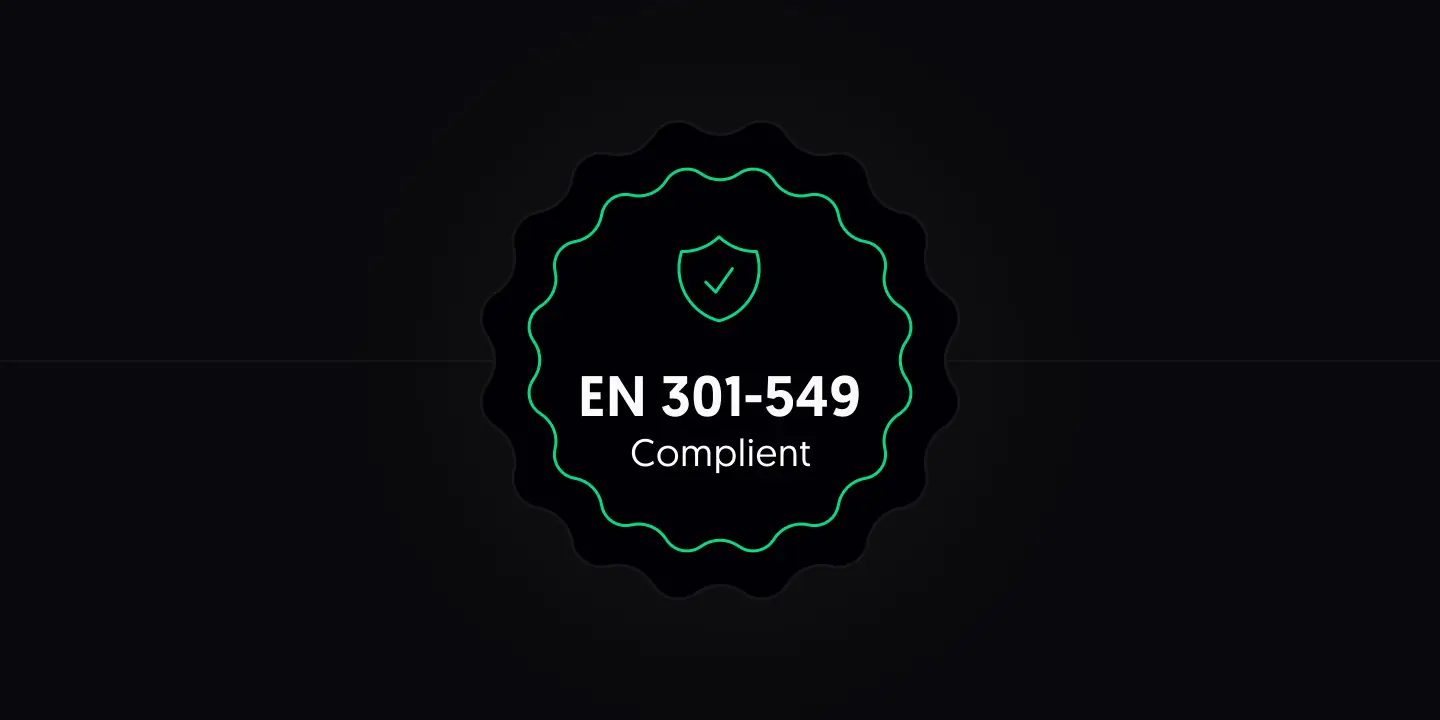
EN 301-549 is the European Union (EU) standard that mandates full accessibility of Information and Communication Technology (ICT) within the public sector. This standard ensures that individuals with disabilities have equal access to information, mirroring the access provided to those without disabilities. It encompasses a wide range of digital technologies, including software, mobile apps, and websites, urging content owners, producers, and managers to comply with its guidelines.
Developed by the European Committee for Standardization (CEN), the European Committee for Electrotechnical Standardization (CENELEC), and the European Telecommunications Standards Institute (ETSI), EN 301-549 sets the requirements for public procurement of products and services in the EU. It has undergone several updates to accommodate evolving technologies:
- EN 301-549 V1.1.2 (2015-04)
- EN 301-549 V2.1.2 (2018-08)
- EN 301-549 V3.1.1 (2019-11)
- EN 301-549 V3.2.1 (2021-03)
Harmonization of accessibility standards is crucial to avoid contradictions among international guidelines, facilitating the creation of universally accessible products. EU member states were required to implement laws enforcing EN 301-549 by September 2018.
The latest version of EN 301-549 integrates WCAG 2.1 AA standards, ensuring web content is authored and structured to be accessible to those relying on assistive technologies.
What is WCAG?
The Web Content Accessibility Guidelines (WCAG) are developed by the World Wide Web Consortium (W3C), setting the global standard for web accessibility. These guidelines are designed to make web content accessible to people with disabilities, providing detailed instructions for website owners, designers, and developers. WCAG has evolved over time, with the current version standing at 2.1, categorized into three levels of compliance: A (lowest), AA (mid-level), and AAA (highest).
WCAG is founded on four principles:
Perceivable
- Content must be perceivable through one or more senses.
- Text alternatives for non-text content and compatibility with screen readers are essential.
Operable
- User interface components must be operable by everyone, including those who cannot use a mouse.
- Functionality should be accessible from a keyboard, and content should not cause seizures.
Understandable
- Information and user interface operation must be understandable.
- Text should be readable, and web pages should operate in predictable ways.
Robust
- Content must be robust enough to be interpreted reliably by a wide variety of user agents, including assistive technologies.
- Adherence to standards ensures content remains accessible as technology advances.
Achieving EN 301-549 Compliance
Compliance with EN 301-549 involves adhering to WCAG 2.1 AA standards, ensuring digital content and technologies are accessible to all users, including those with disabilities. This commitment not only enhances the user experience for a significant portion of the population but also aligns with legal and ethical standards for digital accessibility in the EU.
Ensuring your website or digital product meets EN 301-549 standards is fundamental to providing equal access to information and services, embodying the principle that everyone deserves access to the internet.